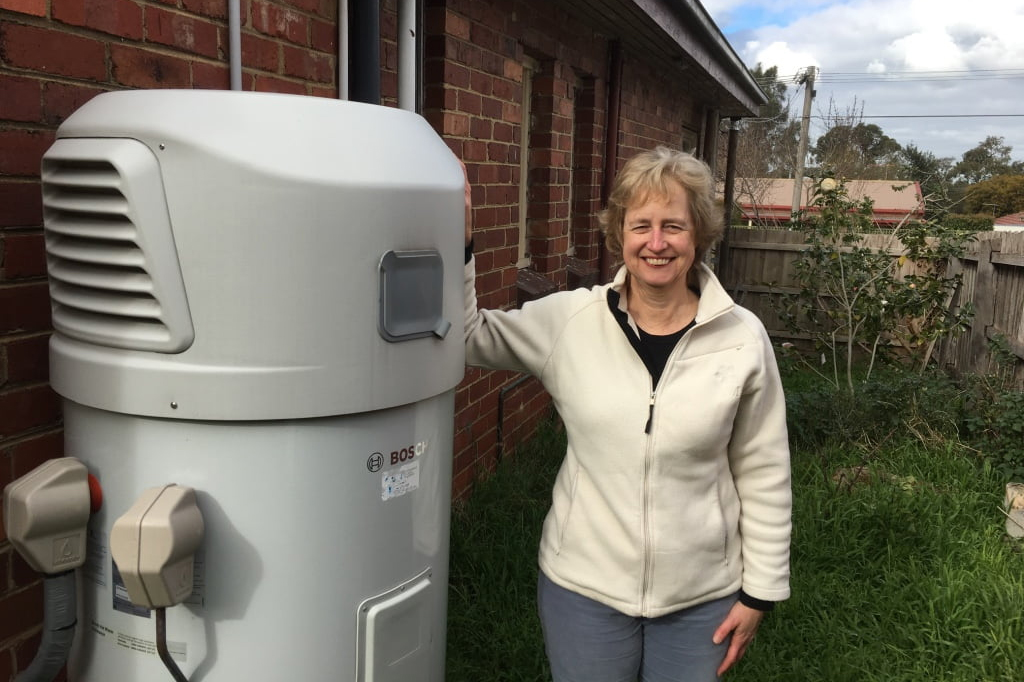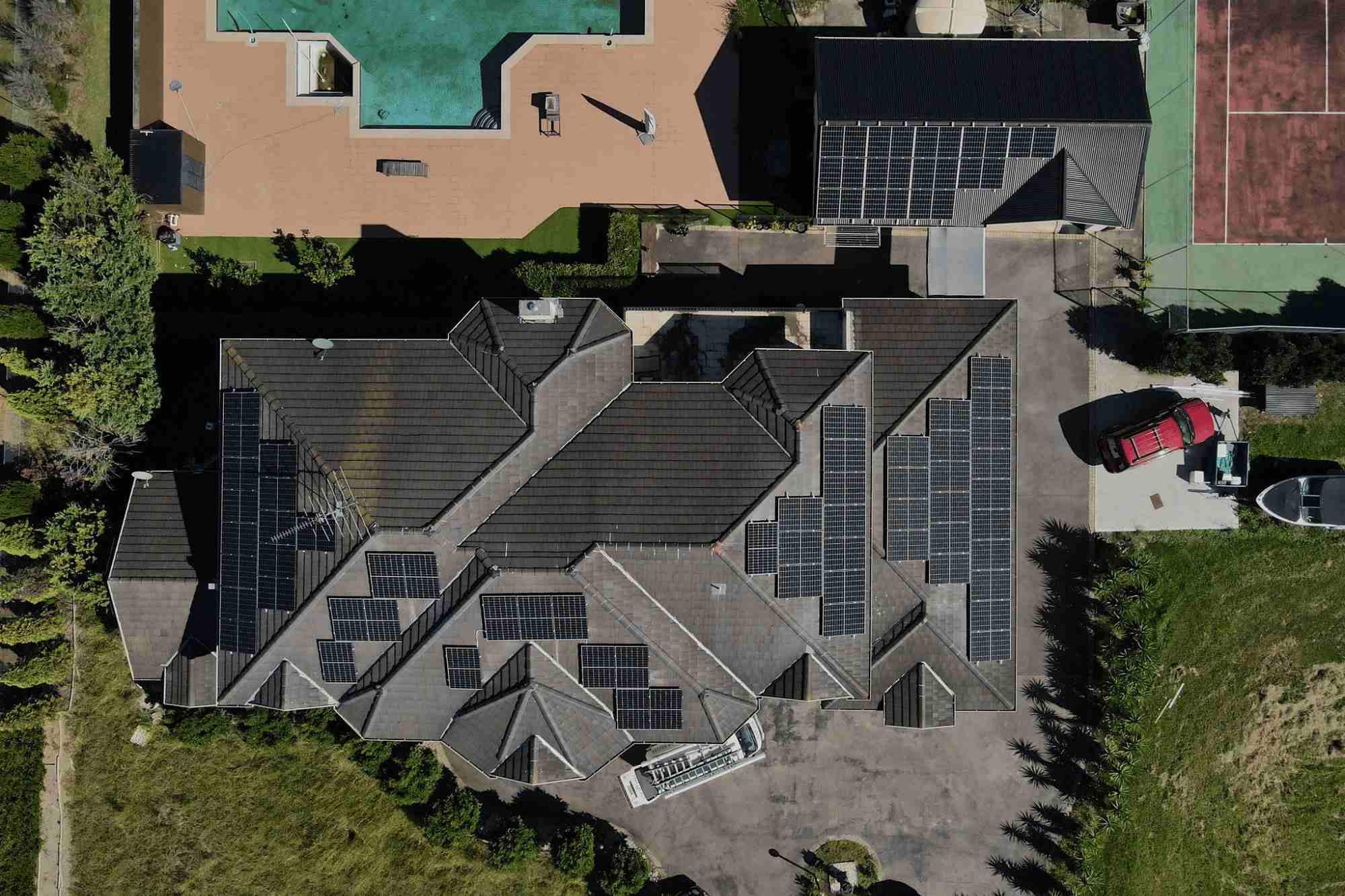Introduction
Smart home technology is transforming the way we live, bringing unparalleled convenience, efficiency, and security to our everyday lives. From AI-powered devices to smart energy management systems, these innovations are making our homes more intelligent and interconnected than ever before. This article delves into the latest trends in smart home electrical systems, highlighting key advancements and their benefits for homeowners.
Integration of AI and Machine Learning
AI and machine learning are at the forefront of smart home technology, enabling devices to learn and adapt to user preferences. AI-powered thermostats, for instance, can learn a household’s schedule and adjust temperatures accordingly, significantly improving energy efficiency. By analyzing data on usage patterns, these systems can automate various tasks, reducing the need for manual intervention and making homes more responsive to their occupants’ needs.
Voice-Controlled Systems
Voice-controlled systems, featuring assistants like Amazon Alexa, Google Assistant, and Apple Siri, are revolutionizing how we interact with our homes. These voice assistants can control a wide range of devices, from lighting and thermostats to security systems and home entertainment setups. The convenience and accessibility of voice commands make it easier for users to manage their homes, especially for those with mobility issues or busy lifestyles.
Enhanced Home Security
Smart home security systems have seen significant advancements, incorporating features such as facial recognition, advanced motion detection, and real-time alerts. These systems can be integrated with other smart devices, allowing homeowners to monitor and control their security setups remotely. Examples include smart locks that can be operated via smartphone, video doorbells that provide real-time video feeds, and interconnected surveillance cameras that offer comprehensive coverage of the property.
Energy Management Systems
Energy management is a critical aspect of smart home technology. Smart energy management systems provide real-time monitoring of energy usage, offering insights into consumption patterns and suggesting ways to reduce energy waste. Smart grids and energy storage solutions are becoming more common, enabling homes to optimize their energy use and even sell back excess energy to the grid. These systems not only help reduce energy costs but also promote sustainable living.
Smart Lighting Solutions
Smart lighting systems offer features such as automated schedules, motion sensors, and the ability to change color and intensity based on the time of day or user preferences. These systems enhance convenience by allowing users to control lighting remotely and improve security by deterring potential intruders. Popular smart lighting products, such as Philips Hue and LIFX, provide customizable lighting options that can be tailored to individual needs and preferences.
Interoperability and Integration
One of the key challenges in smart home technology is ensuring that devices from different manufacturers can work seamlessly together. Platforms like Zigbee, Z-Wave, and Matter (formerly known as Project CHIP) are designed to create a unified ecosystem, enabling devices to communicate effectively. This interoperability enhances the user experience by allowing for greater integration and coordination among various smart devices, making the smart home truly interconnected.
Health and Wellness Technologies
Smart home technologies are increasingly focusing on health and wellness. Innovations in this area include air quality monitors that detect pollutants, smart beds that track sleep patterns, and fitness equipment that integrates with health apps. These devices provide personalized insights and recommendations, helping users maintain healthier lifestyles and improve their overall well-being.
Remote Monitoring and Control
The ability to monitor and control home systems remotely is a significant trend in smart home technology. Mobile apps and web interfaces allow homeowners to manage their smart devices from anywhere, providing convenience and peace of mind. This includes controlling lighting, adjusting thermostats, monitoring security systems, and managing appliances remotely, making it easier for homeowners to stay connected to their homes regardless of their location.
Smart Appliances
Smart appliances, such as refrigerators, washing machines, and ovens, are becoming more prevalent in modern homes. These appliances offer features like remote monitoring, automated operations, and integration with other smart home systems. For example, a smart refrigerator can notify users when they are running low on groceries or suggest recipes based on available ingredients. These advancements make household tasks more efficient and convenient.
Sustainability and Eco-Friendly Solutions
Sustainability is a growing focus in smart home technology. Eco-friendly devices and systems, such as solar panels, energy-efficient appliances, and water-saving technologies, are being integrated into smart homes. These solutions help reduce the environmental impact and promote a more sustainable lifestyle. Homeowners can monitor their energy consumption and make adjustments to minimize waste, contributing to a greener future.
Conclusion
The latest trends in smart home electrical systems are transforming the way we live, bringing enhanced convenience, efficiency, and security to our homes. From AI and machine learning to smart lighting and energy management, these innovations are making our homes smarter and more interconnected. As technology continues to advance, the potential for further improvements in smart home systems is vast, promising even greater benefits for homeowners in the future.
FAQs
These systems provide real-time monitoring, insights into usage patterns, and suggestions for energy-saving measures, optimizing energy use and reducing costs.
New features include facial recognition, advanced motion detection, real-time alerts, and integration with other smart devices for comprehensive security.
Voice-controlled systems allow users to manage devices through simple voice commands, enhancing accessibility and ease of use.
Homeowners can use mobile apps and web interfaces to manage lighting, thermostats, security systems, and appliances from anywhere, ensuring convenience and security.
Smart lighting offers automated schedules, motion sensors, and customizable lighting options, enhancing convenience, security, and energy efficiency.







